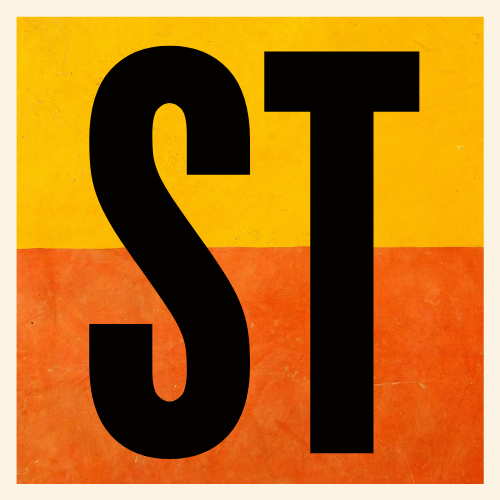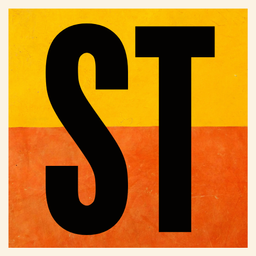Hero Wall: Embers of Strength
A reflection on the heroes who shape my path—through wisdom, resilience, soulforce, and hope. A living archive of the energy that fuels Heroic Manifestation.

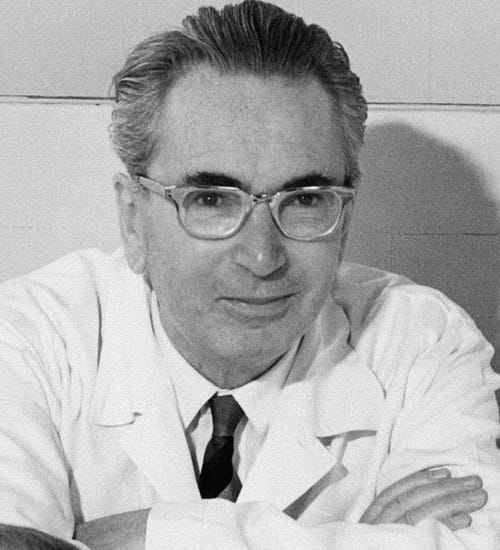
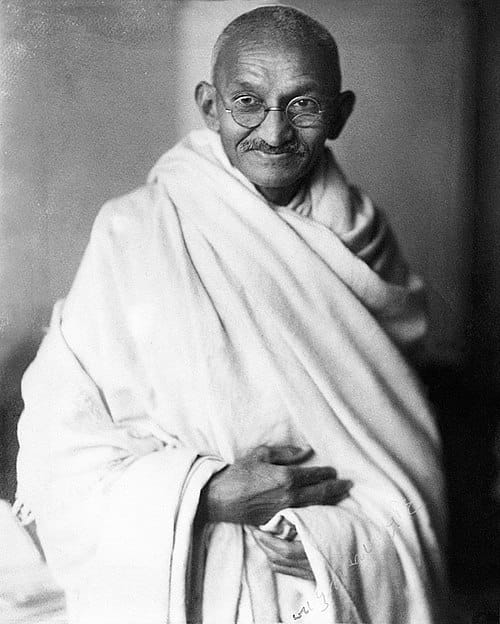
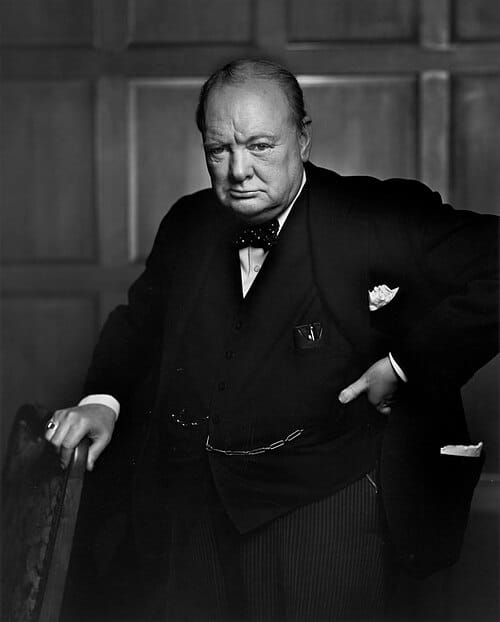
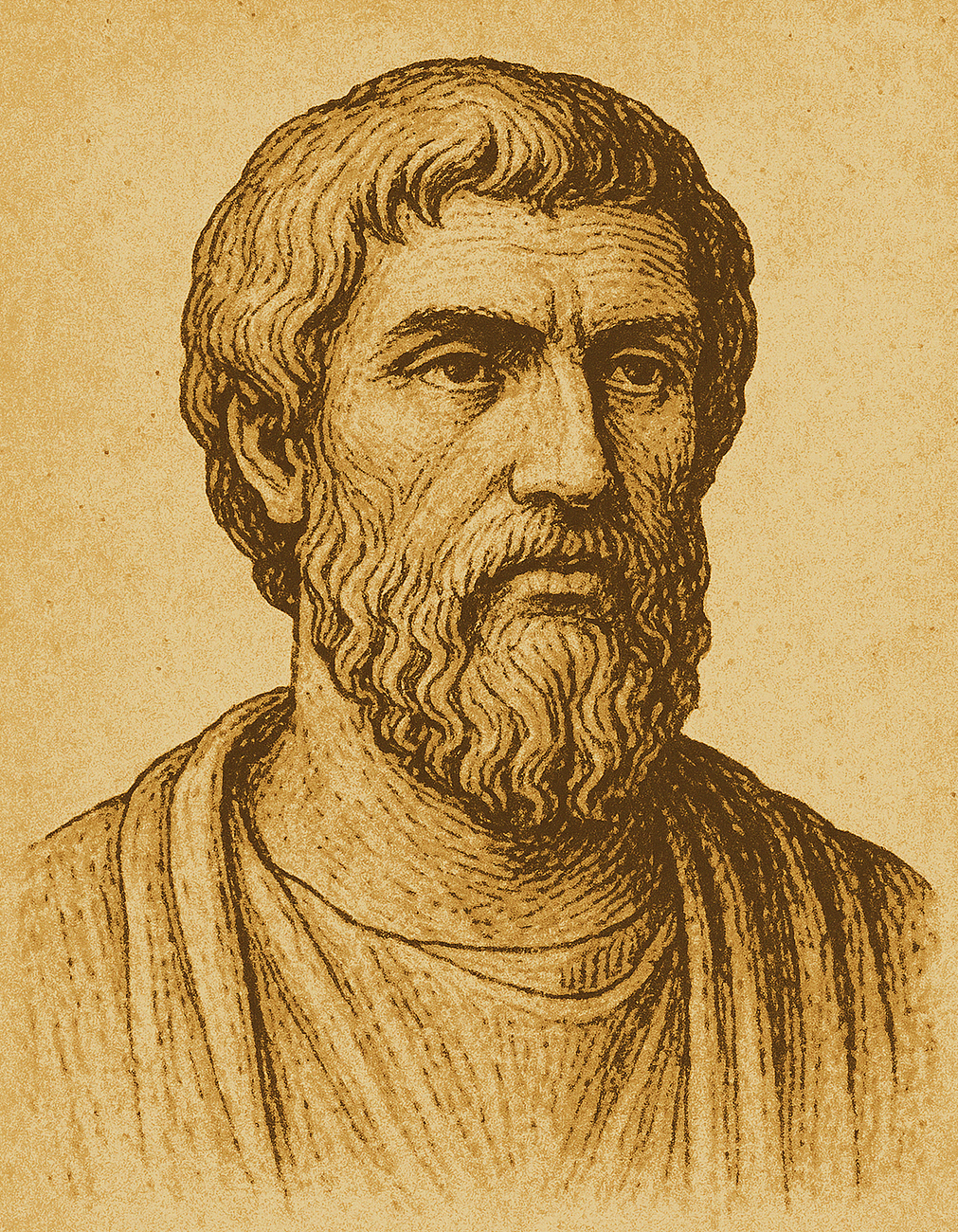
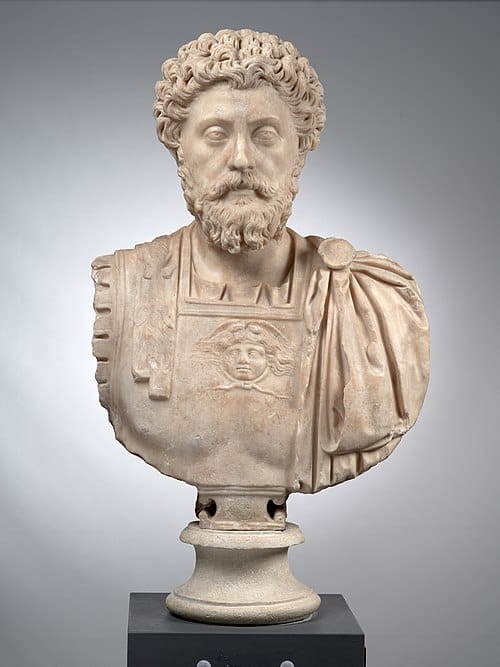
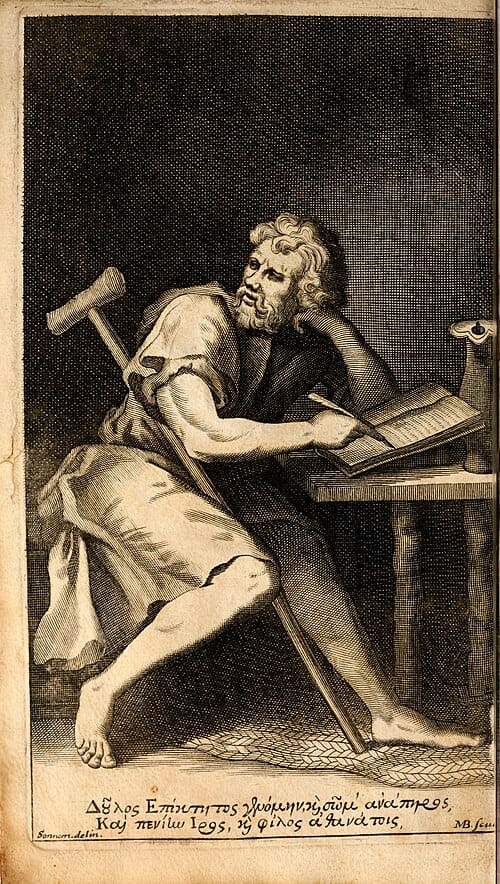
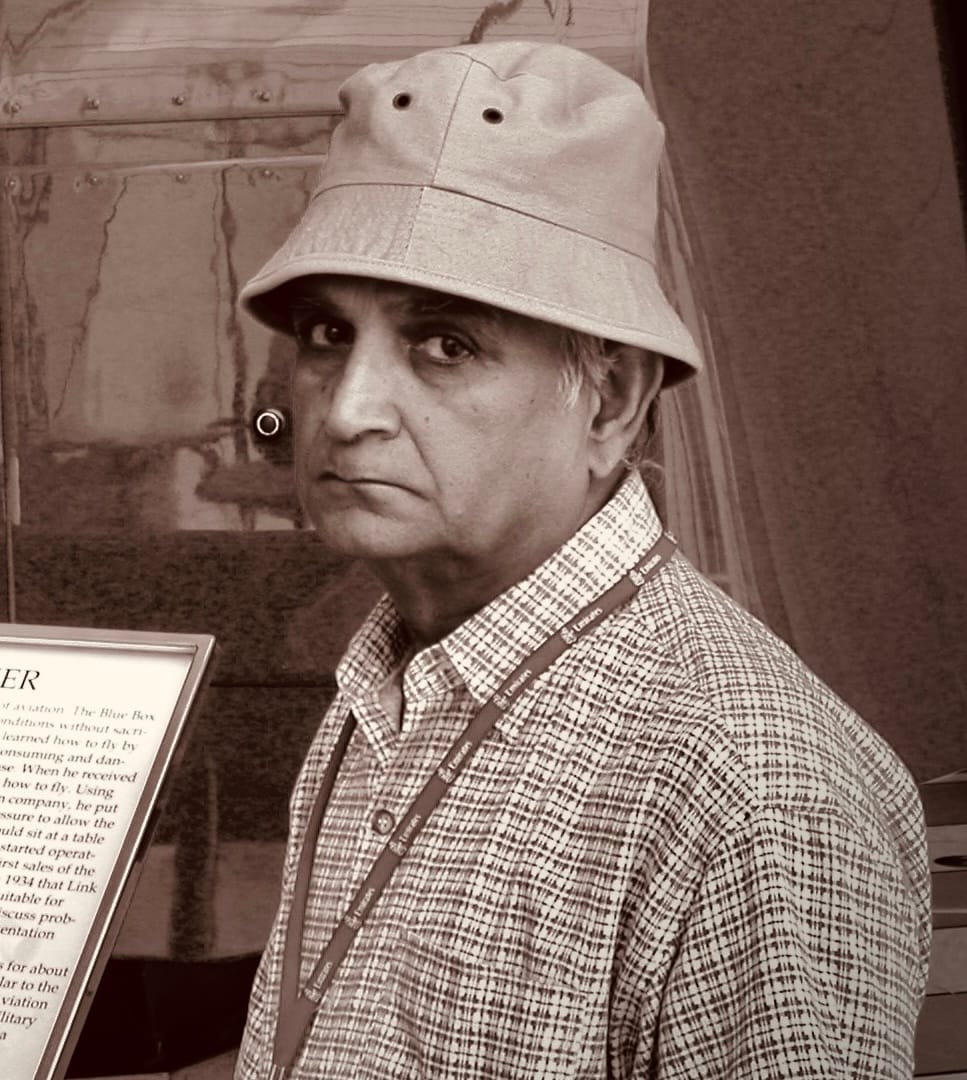
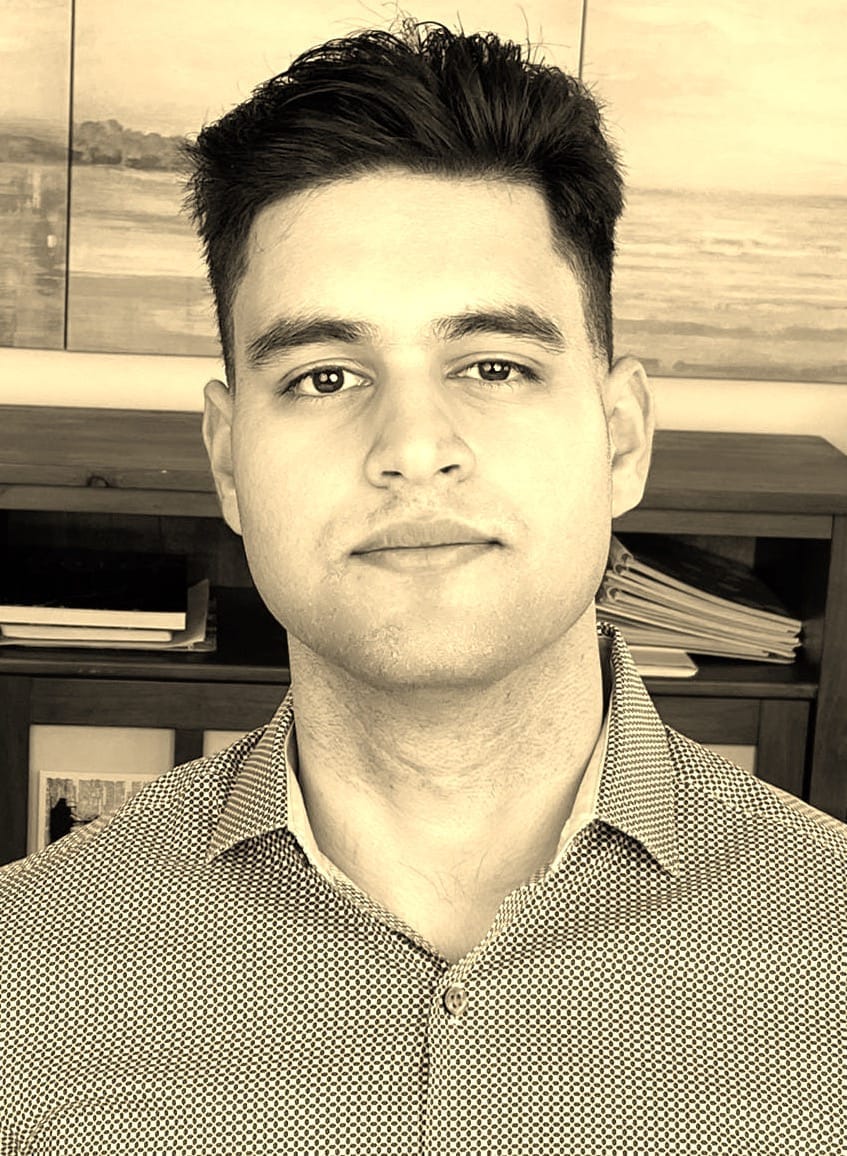
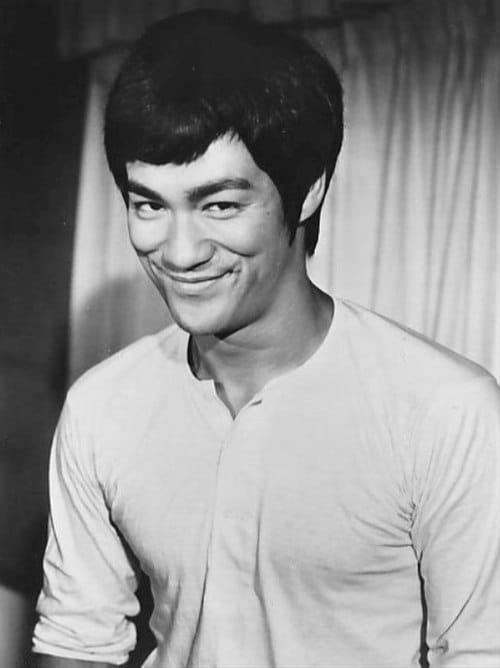
When I look at Viktor Frankl, I don’t just see a survivor; I see someone who turned unbearable suffering into spiritual clarity. He reminds me that meaning is never handed to us. It’s something we create, moment by moment, by choosing our response. Even in the darkest conditions, nothing can take away the last human freedom: the power to choose your attitude. He’s a light I return to when life feels out of my hands.
Mahatma Gandhi didn’t lead with force. He led with soul. He showed me that true strength isn’t about domination, it’s about alignment. About standing in your truth without raising your voice. His concept of soul force changed how I understand influence. It’s not about pushing. It’s about becoming unmovable in who you are—and letting that do the work. Gandhi’s idea of Soulforce isn’t just historical, it’s transformational. It’s so foundational (soul force) to how I understand manifestation that it now lives as a full module in my Heroic Manifestation curriculum.
Winston Churchill reminds me that resilience often comes wrapped in contradiction. He was written off more than once, doubted, and dismissed. But he kept rising. He kept showing up in the face of defeat, and eventually, he rose to meet the moment that defined him. He teaches me that your low points don’t disqualify you. Sometimes, they prepare you.
Musonius Rufus stands in quiet defiance. They call him the Roman Socrates, and for good reason. His teachings are rooted in action, not abstraction. He lived what he taught, and what he taught was unshakable integrity. To live with that level of internal conviction, that refusal to compromise, especially in a world that rewards conformity—that’s heroic.
Marcus Aurelius carries the weight of power with the humility of a seeker. A philosopher who ruled an empire, yet still asked himself daily how to be a better man. His Meditations weren’t written to impress; they were written to survive. In his voice, I hear someone trying to stay human while navigating pressure, legacy, and isolation. I turn to him when I want to remember that wisdom and leadership can coexist.
Epictetus, once a slave, became a philosopher who taught emperors. That arc alone is enough to stop me. But what moves me more is his clarity. His refusal to waste time on anything outside our control. His words cut through noise and return me to center. Whenever my mind gets tangled, his voice reminds me that freedom begins here within.
My father was a quiet man. He didn’t write books or lead movements, but he lived with a kind of hope that never dimmed. Even when life was unkind. Even when the odds were stacked. He believed steadily, simply, stubbornly. And if I trace the root of my own belief in people, in possibility, in life, it begins with him. He was my first glimpse of heroic optimism. Hope is a core part of manifestation rooted not in wishes, but in agency, action, and pathways forward. I first learned that from my father, and now it lives as a key module in my Heroic Manifestation curriculum.
My son teaches me a different kind of strength. Not the loud kind. Not the explosive kind. But the strength of persistence. I’ve watched him navigate setbacks with a stillness that humbles me. He reminds me of a glacier: slow, unshakable, inevitable. In the brutal winters of Canada’s job market, he never stopped moving forward. Quietly. Determinedly. His presence reminds me that progress isn’t always fast, but it’s always unfolding if you don’t give up.
Bruce Lee was more than a fighter—he was a philosopher in motion. He focused on mastery of presence, not perfection. When I hear him say he fears the person who practiced one kick 10,000 times, I think about discipline in a new way. Focus becomes power. Repetition becomes revelation. His life reminds me that greatness comes when you’re willing to go deep, not wide.
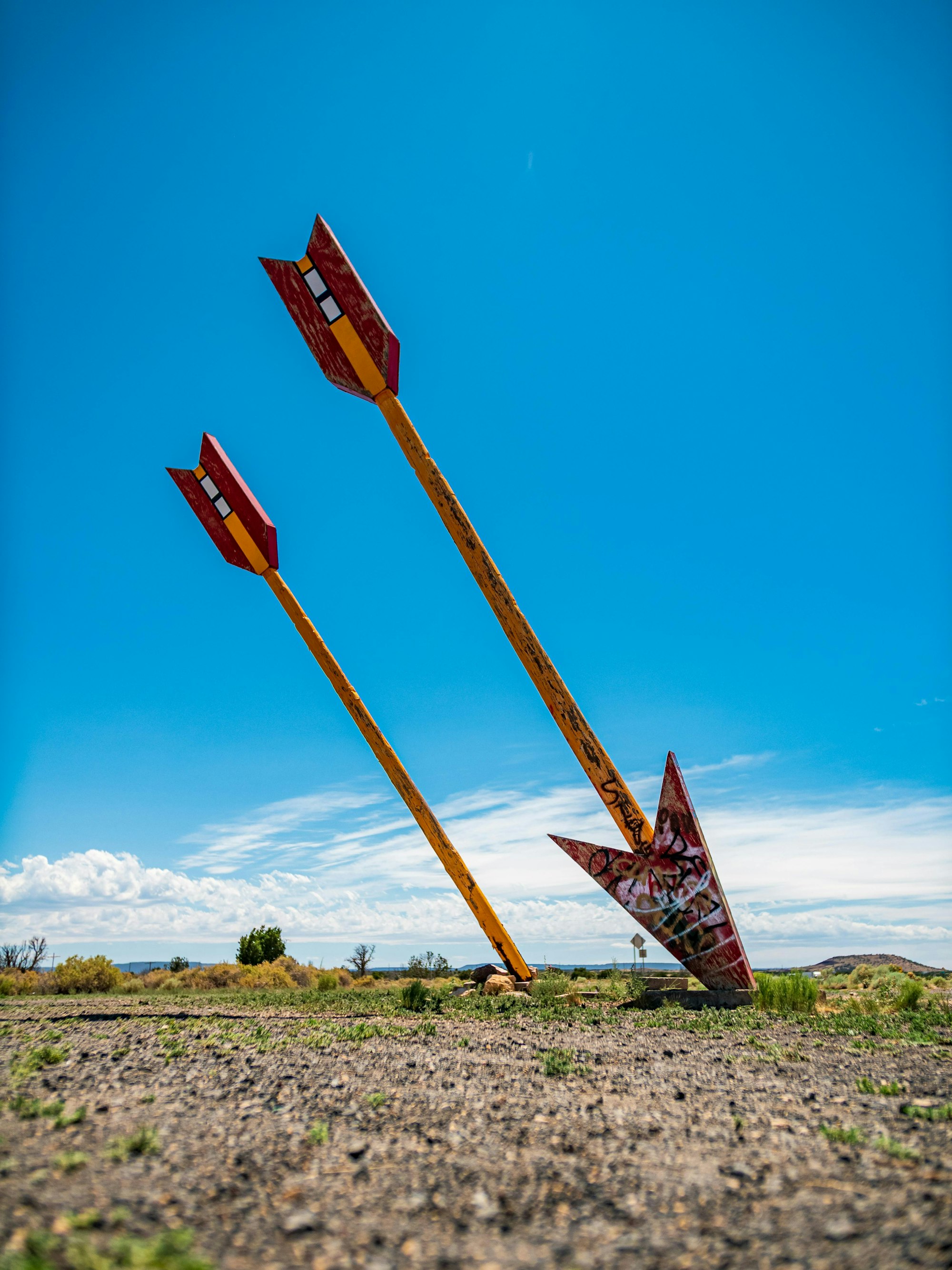
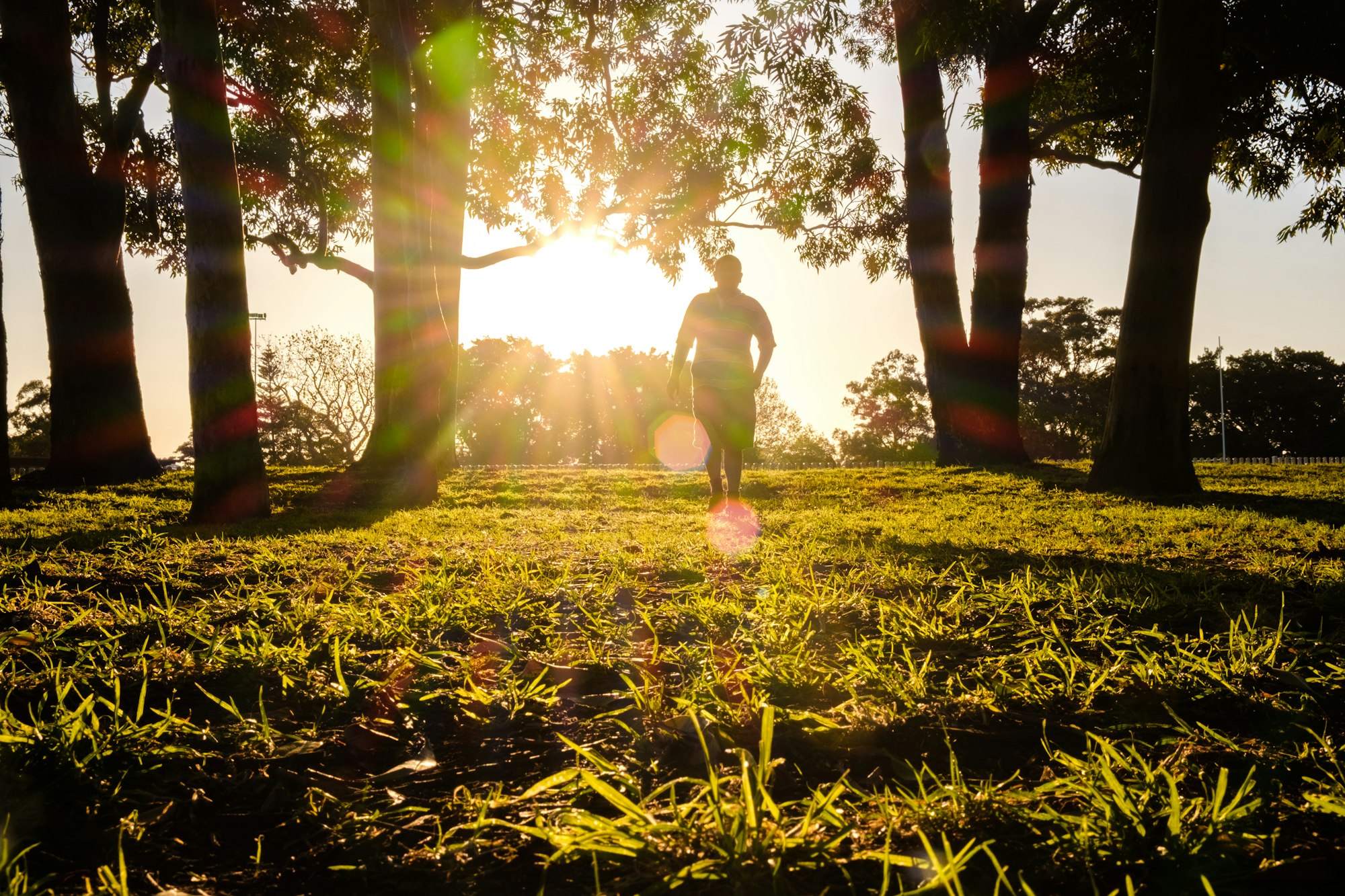
Note on Imagery
Names are intentionally omitted from the images to invite your own quiet recognition—and to remind us that greatness doesn’t always need a label.
Most visual references are sourced from Wikipedia and used under Creative Commons or Public Domain licensing.
“My Son” and “My Father” images are personal tributes.
This wall is a living archive. As it grows, so does its meaning. Return often, and reflect freely.
